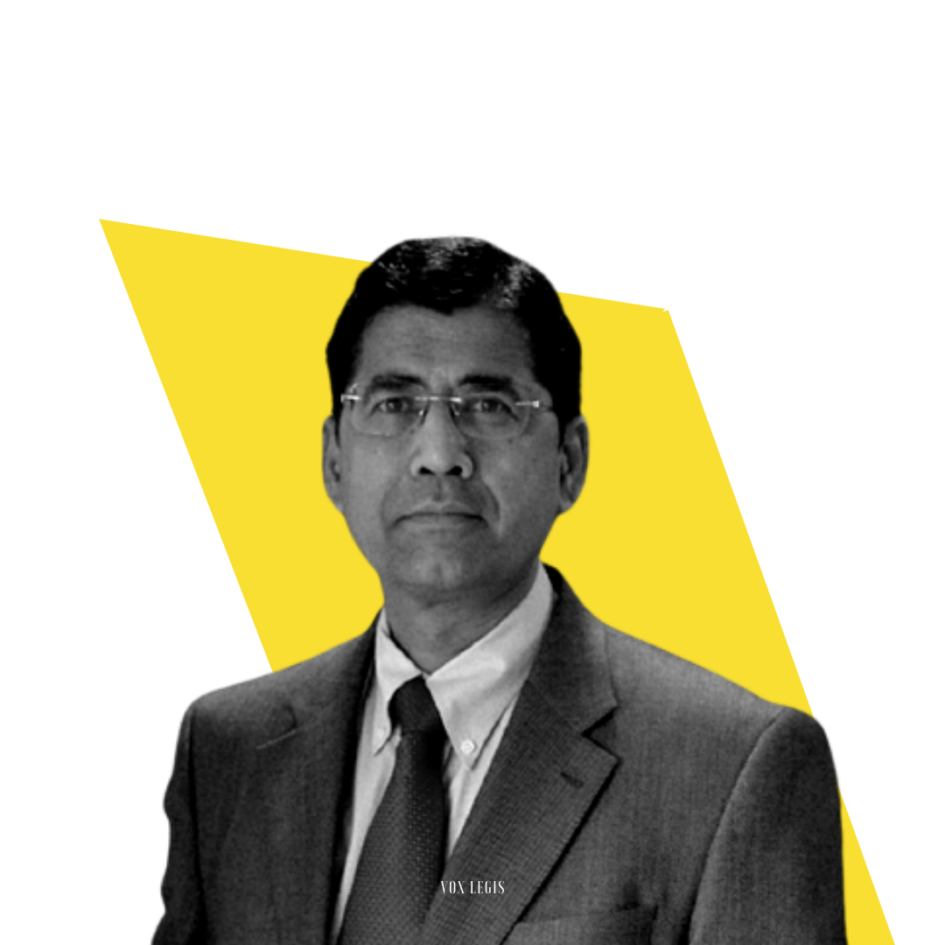The author, Arvind P. Datar is a Senior Advocate of the Madras High Court
Article 224A provides for the appointment of retired judges to serve the High Court as judges, even after their retirement.
They are also called ad hoc judges although this term is not accurate; the reference to ad hoc judges is only in Article 127 whereby a judge of a High Court can be appointed as a judge of the Supreme Court for a short-term period.
However, no High Court judge has been appointed as ad hoc judge of the Supreme Court although a few Supreme Court judges were appointed as ad hoc judges under Article 128 after their retirement, which includes two outstanding judges: Justice Vivian Bose and Justice T.L. Venkatarama Iyer.
Coming back to Article 224A, it is interesting that this was Article 224 in the original Constitution and was substituted by the present Article 224 which deals with the appointment of additional judges and acting judges.
This substitution was made by the Constitution (Seventh Amendment) Act, 1956. After a gap of seven years, the original Article 224 was reinstated as Article 224A by the Constitution (Fifteenth Amendment) Act, 1963.
Unfortunately, despite the persistent shortage of High Court judges, this article has not been utilised to fill up the vacancies for a short period. Although the sanctioned strength is approximately 1100 judges for all the High Courts, the number of appointments is around 700, leaving a huge shortage of almost 400 judges.
With a 40% alarming vacancy and the practical difficulties that are faced in filling them up, it stands to reason that retired judges with a good track record, should be requested to continue as ad hoc judges for a short period.
This issue is now decided in a public interest litigation that is now reported as Lok Prahari v. Union of India. In this case, Supreme Court called for representations from different High Courts.
After examining the alarming number of vacancies, suitable guidelines were laid down to determine when Article 224A could be triggered. It was also pointed out that this Article can be usefully utilised according to the needs of a particular High Court.
For example, if a number of old criminal appeals that are pending are high, more number of ad hoc judges with experience in dealing with criminal cases can be appointed to clear the backlog.
Similarly, in almost every High Court, first appeals and second appeals (in civil cases) languish literally for decades and there is an urgent need to appoint retired judges who are experienced in civil appeals to take them up and dispose of them expeditiously.
Readers would do well to read the Lok Prahari judgement, which also sets out the pendency in various High Courts. It is significant that out of 55 lakhs cases pending in various High Courts, more than 50% are pending only in five High Courts, viz. Allahabad, Bombay, Calcutta, Madras and Punjab & Haryana High Courts. It is necessary to analyse the data from these courts and appoint a suitable number of ad hoc judges to clear the arrears.
Sadly, although Article 224A was inserted in 1963, its provisions have been applied only in few instances in the last 60 years.
The Lok Prahari judgement is an important landmark judgement that sets the road map for the appointment of retired judges who can render judicial service for a further two to four years and help in clearing the backlog.
In the past, several practical suggestions have been made to clear the backlog, but little has been done. It is hoped that the pragmatic suggestions made in the Lok Prahari case do not gather dust in the years to come.

